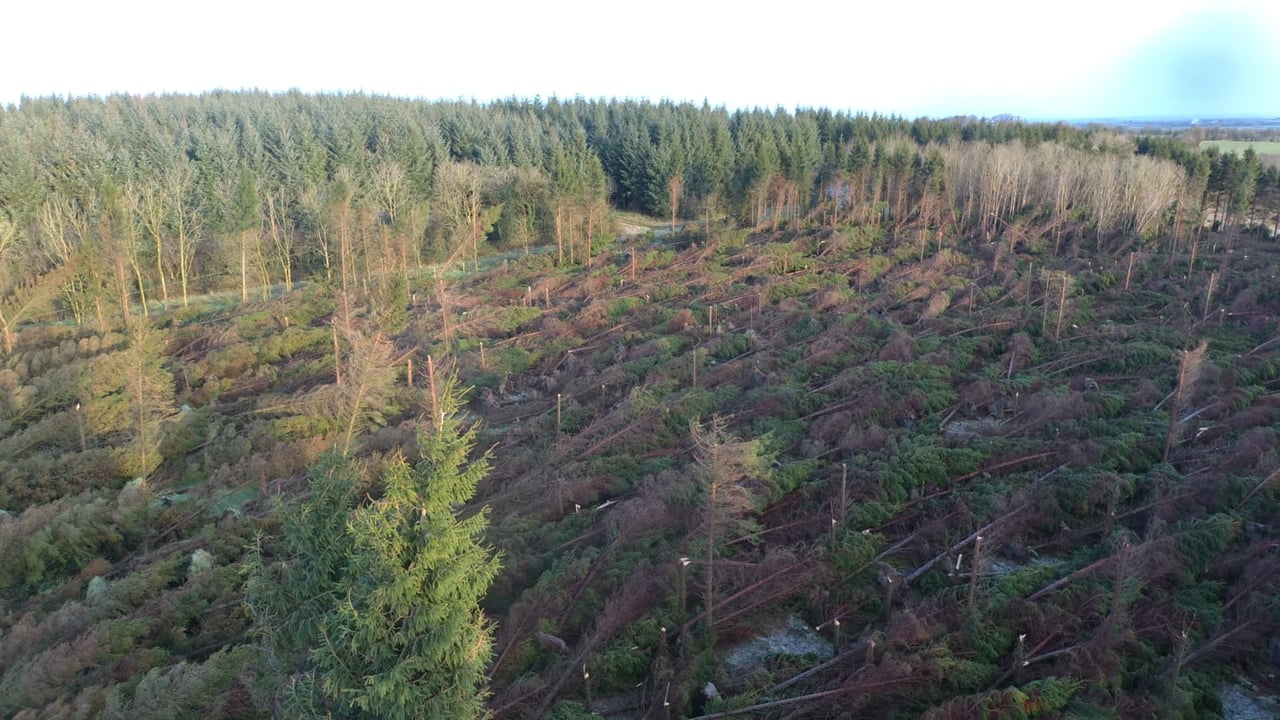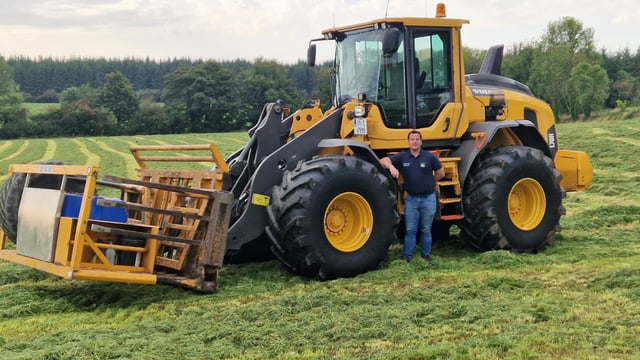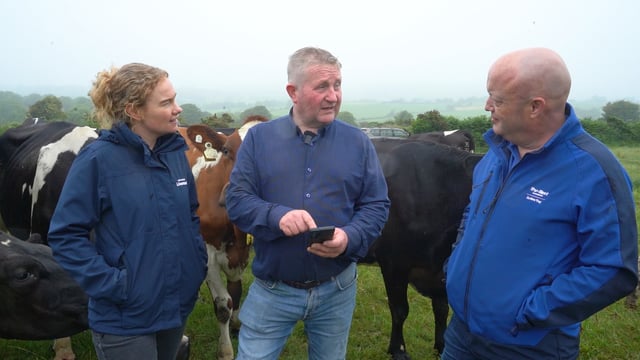Forest Windblow Taskforce begins storm damage response
The Forest Windblow Taskforce had its first meeting yesterday morning (Tuesday, February 4) to coordinate a response to ensure that storm-damaged forests are managed safely and appropriately.
Minister for Agriculture, Food and the Marine, Martin Heydon, and Minister of State for Forestry, Horticulture and Farm Safety, Michael Healy-Rae invited stakeholders to come together to assess the damage and come up with a plan following Storm Éowyn and Storm Darragh.
Minister Healy-Rae said that at this early stage "we are all getting to grips with the scale of the damage" and that it appears weather affected a very large area of forest.
The group of stakeholders representing forest owners, forestry companies, Teagasc, and Coillte will plan around the prioritisation of felling licences in respect of storm damage and examine issues that arise in relation to the harvesting, haulage, and sawmilling of the blown trees.
Minister Healy-Rae said: "The discussions at the Taskforce meeting were wide ranging, and included the potential for accelerating the licensing process, capacity in the sector to harvest this material and the markets for this timber.
"I look forward to continuing the work with members when we meet again next week to address the damage, and to offer advice and help to forest owners in a practical manner.”
The minister visited a family farm in Co. Meath today (Wednesday, February 5) where he witnessed the "devastation" caused by the most recent storm with many trees down across the land.
The minister said he will "do what we can" to help landowners and the taskforce will inform any necessary steps.
The Department of Agriculture, Food and the Marine (DAFM) has published a windblow and storm damage guidance for forest owners, where an interactive forest planning model software has been developed to allow growers to input variables related to various scenarios.
There is also a booklet on how to manage roadside trees and to assess risk associated with trees and it describes common defects including dieback, unstable leans, splits, and cracks.





